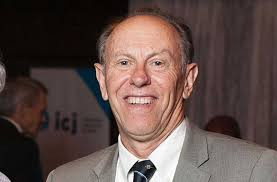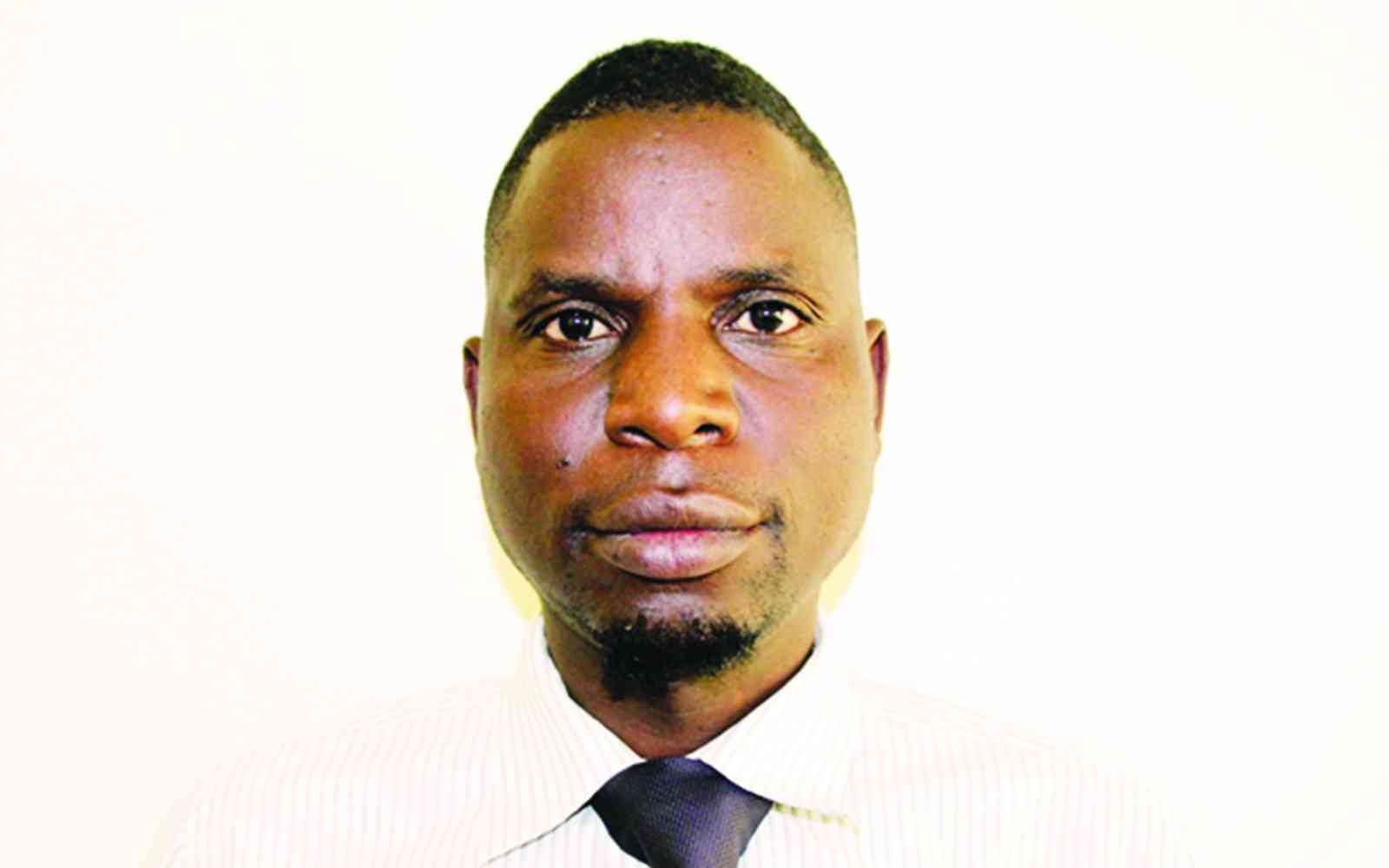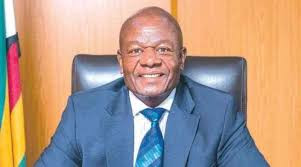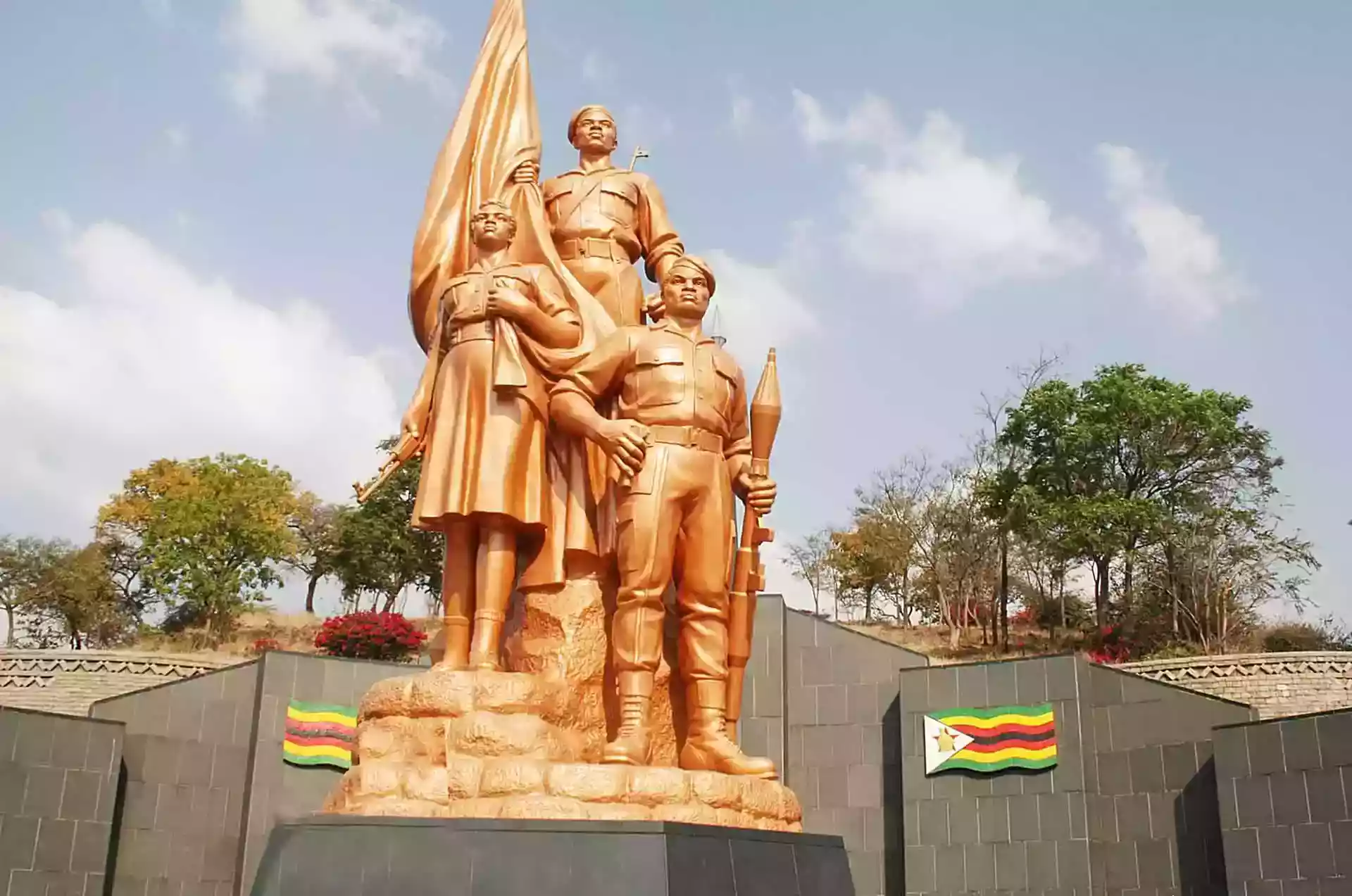
THE purpose of this opinion piece is to unpack the nature of reality regarding March 31 (M31) protests.
M31 is associated with firebrand war veteran Bless “Bombshell” Geza, who called on Zimbabweans to march on March 31 in protest against the sitting President of Zimbabwe, Emmerson Mnangagwa.
It was a political call.
In the parlance of project planning and management, it is characterised as a political project.
It was a political project that went terribly wrong because of the triple constraints of scope, time and cost.
The subsequent paragraphs will attempt to explain what went wrong with this project from the ontological understanding of project planning and management.
In project planning and management, scope, time and cost feed into one another to avoid compromising quality or the outcome.
The outcome of a project can either be intended or unintended, positive or negative.
- NoViolet Bulawayo’s new novel is an instant Zimbabwean classic
- Jah Prayzah, Zanu PF rekindles ‘lost love’
- Bank workers appeal to Ncube for tax relief
- Indosakusa marks 21-year anniversary milestone
Keep Reading
When a project misses its endline, it graduates into a routine — the Geza project seems to have graduated into a routine because its scope was not realised.
The failure of this political project can be attributed to structural gaps at the level of strategy and planning.
At the managerial competence level, which involves strategy and planning, there wasn’t a deliberate effort to identify risks that could be attendant to the political project.
The identification of risks should have led to risk analysis and prioritisation of those risks for mitigation purposes.
For example, in the whole scheme of things, there are no clearly identifiable team members to implement the project.
The assumption, however, is that the team members are the citizens of Zimbabwe, war veterans and some disgruntled ruling Zanu PF party supporters, with Geza being the programme manager.
Let us take this hypothetical approach to the M31 project and put it on the table for a surgery.
When doing project planning and management, roles are assigned.
The roles are assigned to areas of expertise to avoid having round holes for square pegs.
In the M31 project, it is not clear who the risk owners are.
For example, risk owners would be responsible for different technical, financial, administrative and logistical functions or deliverables.
Acknowledging that political projects may be opaque, but in the case of M31, there lacked a clear strategy as to division of labour, meeting points and co-ordination.
Citizens of Zimbabwe were just told to march to State House on M31.
Any reasonable people raring to march would need guidance, communication and objective knowledge of what happens if the marching turned out to be ugly.
For example, in the event of injuries or deaths, what would be there for the families of the deceased? Who would take care of the fees of their children, rentals and so forth?
These questions speak to risk mapping, analysis and mitigation.
Essentially, good planning should come with anticipatory thinking and this anticipatory reasoning has been conspicuously absent in the Geza camp.
Leaders should lead from the front.
In the M31 project, Geza was nowhere to be found.
The absence of Geza from the streets of Harare to face the system was not read in good faith by the citizens of Zimbabwe.
It raised issues of vertical trust deficit.
Projects — whether, political or business in nature — thrive on trust.
Although trust in politics may not be guaranteed because politicians are profoundly self-interested creatures, a pinch of it is necessary for meeting political objectives.
Leaders should talk their talk and walk their walk because followers’ confidence levels rise with observations of behavioural traits such as dependability, integrity, respect, honesty and promise keeping, among other things.
Citizens are calculative, they also have a sense of de javu.
They felt used in 2017 when they participated in a regime change project that later turned out to be a political project for one of the camps of the ruling party.
M31 was also seen as a stage for flexing the muscles of camps within Zanu PF.
Although it is often argued that one cannot cross the same river twice, the truth is that once bitten twice shy.
Zimbabweans did not, therefore, participate in the M31 political project because the scope, time and cost of the political project to them were not lucid.
The project came with risks which were not analysed by the planner, Geza.
In the absence of risk analysis, Zimbabweans’ risk appetite was too low to be stimulated by a poorly planned project.
The risk value for this project was high because it was associated with treason.
A political project of the size and scope of M31 should come with a sense of risk ownership.
This opinion piece would be incomplete without highlighting that M31 might have failed to materialise, but it came with deep subtexts and early warning signs for decision-makers that should be taken seriously by State managers.
The deep subtexts are that of polarisation within the system, horizontal and vertical trust deficits.
The biggest early warning sign is that the social contract between the State and the people is in a serious state of disrepair.
Leaders should introspect and reflect on whether they still have the trust and confidence of the citizens.
As they reflect on that, they should try hard to establish the structural causes of a dismembered Zimbabwe.
- Dumisani Antonio writes his personal capacity











